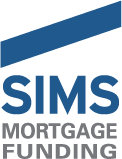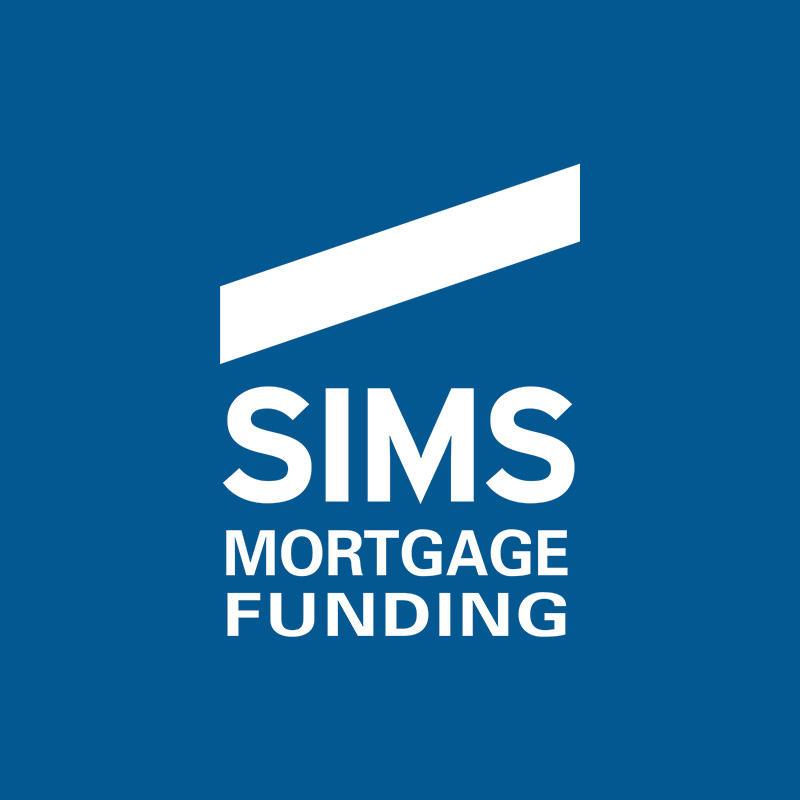For owners and managers of affordable housing projects with Section 8 rental assistance, to paraphrase Dickens, it is the best of times and it is the worst of times.
Section 8 project-based funding provides a contractual, steady, stable stream of revenue, provided the owner’s or manager’s procedures, HUD-inspired paperwork and processes are all in good working order.
However, Section 8 funding often does not keep pace with increases in operating costs, especially in unique regional circumstances where there are increases in property insurance. Section 8 contracts allow for an annual operating cost adjustment factor (OCAF), but that often lags actual cost increases, and in today’s inflationary environment, could result in an even larger gap. There is a Plan B that involves a reset of operating expenses beyond an adjustment factor via a Budget-Based Rent Adjustment (BBRA), but that has limited options.
However, while the OCAF and BBRA protocols can help close the gap between revenues and operating expenses, it does not do much to address the long-term capital needs of older buildings, which often are limited to reserve for replacement deposits for these purposes. But reserves alone are not enough to fund major capital projects, often to the detriment of the residents.
We have a Plan C. It has a different focus, and a big upside, for when it is done properly, it can significantly increase a property’s cash flow and debt capacity to fund major capital projects. And like all things HUD, it has an acronym, MUTM – Mark-Up-To-Market.
A MUTM provides the opportunity to increase the rents to market levels by the use of a Rent Comparability Study (RCS), typically done by an appraiser. The process involves an early cancellation of the remaining term of the existing Section 8 contract and a new 20-year renewal contract at the higher market rents negotiated with HUD based on the RCS. But the project does not lose the remaining term of the Section 8 contract that was cancelled – it gets added to the back end of the renewal contract!
What about annual increases for operating expenses? Depending on the existing Section 8 contract the need for a revised operational budget is omitted and annual OCAF adjustments are included going forward. One potential drawback to the MUTM is the need for a new RCS in 5 years to reset the market rates with the possibility of rents being decreased. However, this risk is typically mitigated in areas where positive economic development, real estate and demographic trends have led to higher market rents in general.
Our expanding consulting practice has recently led us to evaluate MUTM options for our affordable housing clients and to assist them secure HUD approval of rent increases. And with terrific results.
Please contact us if you would like to know if your affordable housing property could benefit from a MUTM.

